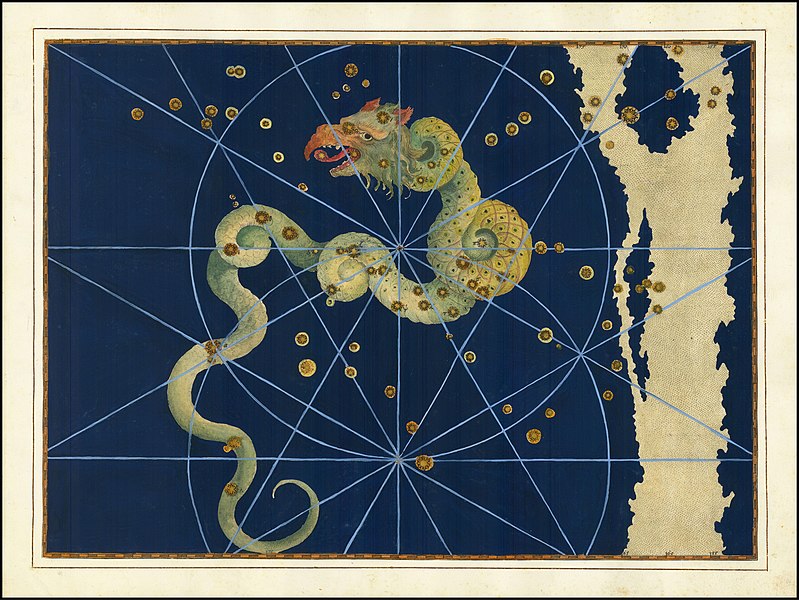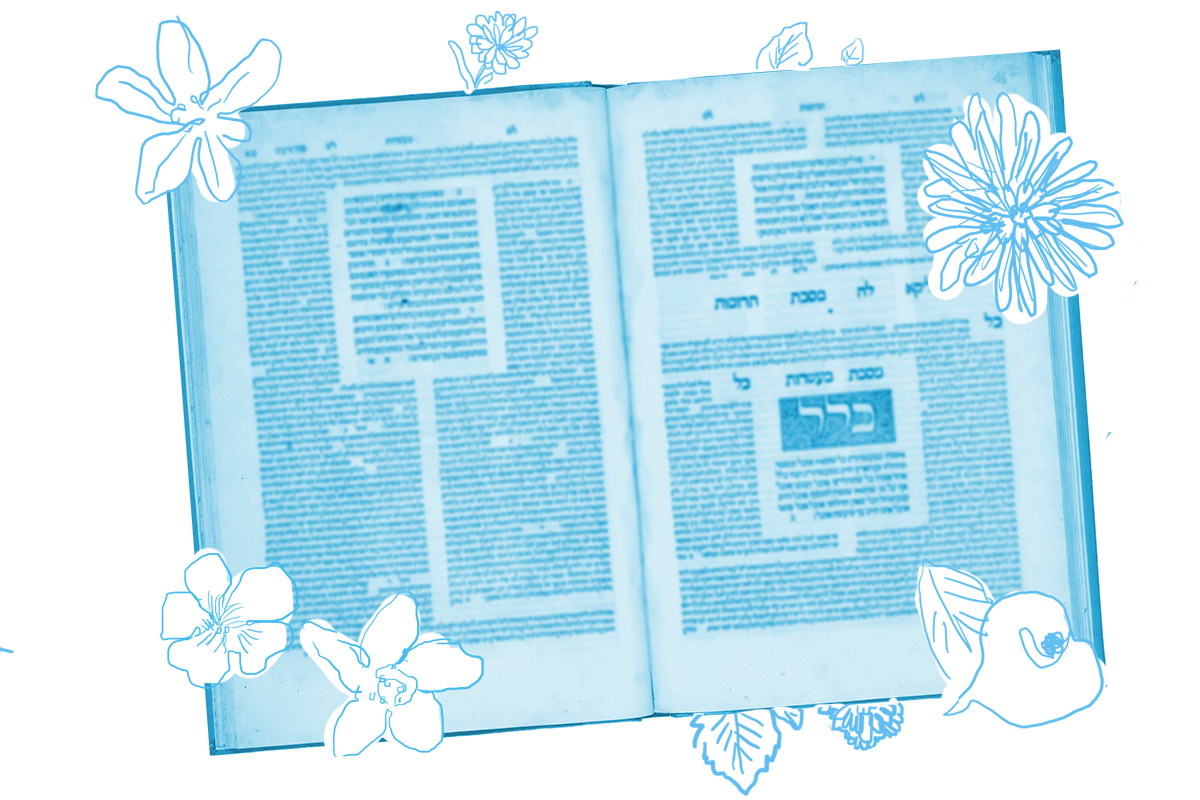Today’s daf continues a teaching we started yesterday. It begins by quoting Genesis 7:11, which tells us that the great flood took place in the 600th year of Noah’s life, on the 17th day of the second month. Rabbi Yehoshua elaborates:
That day was the 17th of Iyyar (the month that follows Nisan, the first month of the year according to the Hebrew Bible), the day that the constellation of Kimahsets during the day and the springs diminish. But because they changed their actions, the Holy One, Blessed be He, changed for them the acts of Creation, and instead of Kimahsetting, he caused the constellation of Kimahto rise during the day and he removed two stars from Kimah, and in this way he brought a flood to the world.
Here is some amazing speculation about exactly how the flood began. Because of the sins of the generation of the flood, God effected a change to the constellation Kimah. Marcus Jastrow, author of one of the most popular dictionaries of ancient Aramaic, suggests that Kimah is another name for Draco, an enormous constellation of a curling dragon found near the north celestial pole.
In ancient Babylonia, dragons were often associated with water (for parallels, consider the biblical sea-dragon the Leviathan, or today’s Loch Ness monster). If Jastrow’s identification is correct, Rabbi Yehoshua is arguing that the sins of the generation of the flood caused God to fundamentally change the rotation and makeup of the constellation of a sea-dragon in its spring sky location and in so doing, kicked off the flood.

Help us keep Jewish knowledge accessible to millions of people around the world.
Your donation to My Jewish Learning fuels endless journeys of Jewish discovery. With your help, My Jewish Learning can continue to provide nonstop opportunities for learning, connection and growth.

The Talmud continues by citing the position of Rabbi Eliezer, who agrees that God fundamentally changed the rotation and makeup of Kimah to start the flood. Rabbi Eliezer only disagrees with when it happened, locating this event (and the start of the flood) in the fall, on the 17th of Marheshvan, the month that follows Tishrei (and is the second month of the year if you consider Rosh Hashanah to fall in the first month). This is by now a familiar dichotomy — the question of whether Nisan (in the spring) or Tishrei (in the fall) is the beginning of the year. We know the answer is both.
Though they disagree on the date, both rabbis seem to agree on the mechanism that God used to generate the flood — by literally reordering the heavens and rewriting the laws of nature. The admission here, that the way things are now is not the way that will necessarily always be, is profoundly destabilizing. If we can’t rely on the regular rotation of the sky, what can we rely on?
But there’s also comfort in knowing that the structure of the universe does not change willy-nilly. The cause of this cosmic shift was the sin of the generation of the flood. This linkage is made even more clear in a statement from Rav Hisda:
They sinned with boiling, and they were punished with boiling.
Of course, most of us read the Noah story and understand that the wicked generation were drowned in the flood — with no indication that the waters were boiling. Rav Hisda’s image is in some ways even more horrifying than the original picture; he suggests that their “heated” sins actually caused them to be boiled alive. The Gemara brings a verse from Esther (7:10) that suggests the waters were hot because a primary sin of that generation was anger. But the larger point here is that Rav Hisda suggests that the nature of the destruction of the flood was strictly “measure for measure” — a perfect equivalent for the nature of the sin.
But here’s a happier thought: If sin can literally change the rotation of the stars in the sky and irrevocably transform the world for the worse, then might not the inverse also be true? It stands to reason that righteous behavior would be connected to universal stability or perhaps even cosmic improvement. But no pressure!
Read all of Rosh Hashanah 12 on Sefaria.
This piece originally appeared in a My Jewish Learning Daf Yomi email newsletter sent on October 21th, 2021. If you are interested in receiving the newsletter, sign up here.



